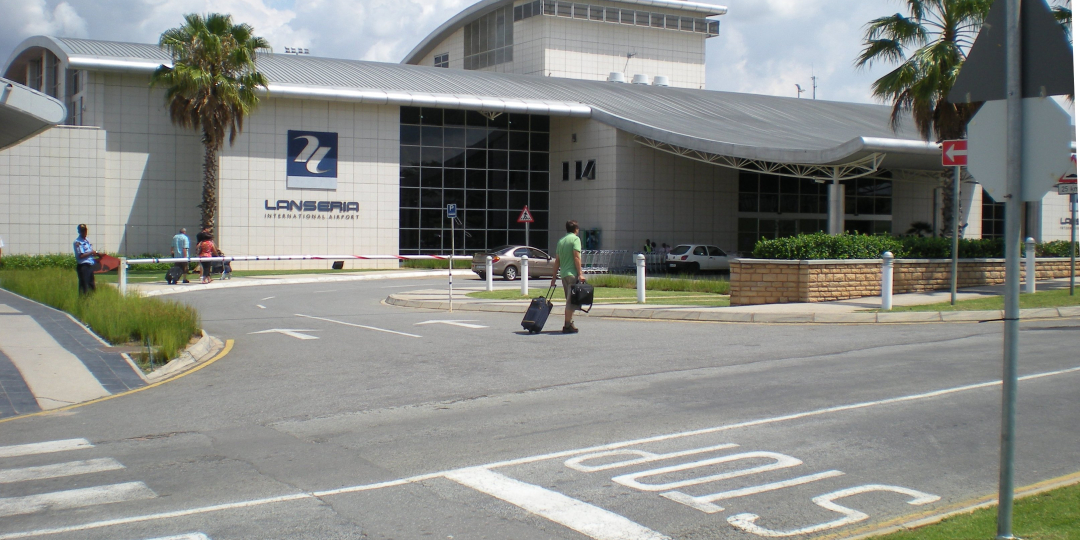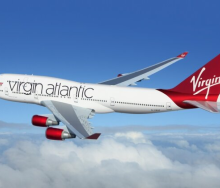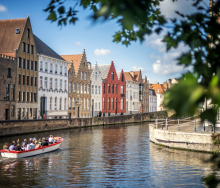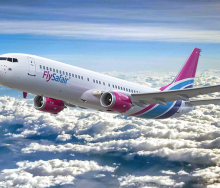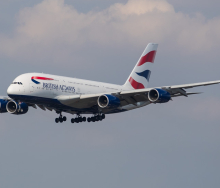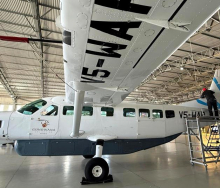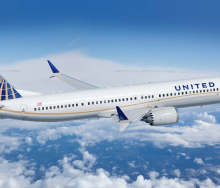Correction: The information on the number of Flysafair and Cemair flights to George has been corrected. Editor.
The past two years have seen a surge in activity within Southern Africa’s underserved travel markets.
Despite aircraft shortages, carriers are constantly pushing expansion of their reach, among them low-cost carrier, FlySafair, which is connecting smaller cities in the region, and making popular tourist destinations more accessible to a wider range of travellers.
Market growth is also likely to be further fuelled by many smaller airports coming under privatised control and so receiving capital injection to allow for better infrastructure.
Travel News spoke to Kirby Gordon, Chief Marketing Officer for FlySafair, about the airline’s plans for new networks and demand. Gordon says there were gaps in the market during and post-COVID that provided opportunities for increased coverage and underserved destinations.
The demise of SA Express, Mango, BA Comair and kulula.com, either before or during Covid, and the gaps left by the dormancy and slow-and-steady rebuilding of SAA are the contributory factors to the scarcity of flights in many South African and regional centres.
In October 2022, FlySafair gained approval from the International Air Licensing Council to operate flights to 11 new destinations within the Southern African region and slightly further afield. Aside from its flights from Johannesburg to Mauritius, Zanzibar, Maputo, Livingstone, Victoria Falls and Harare, it also received approval to operate flights from Cape Town and Johannesburg to Gaborone, Luanda, and Lusaka.
In addition, at the same time it also received approval for frequencies from Johannesburg to Bulawayo, Nairobi and the Seychelles and also gained approval to fly from Cape Town to Windhoek.
“The opportunity to put a low-cost service into some of the routes we now cover extends to market demand and we are contesting many routes pending available frequencies,” Gordon said. He also pointed out that Flysafair starts flights to Kruger Mpumalanga International Airport on April 2.
Gordon explained that the decision-making process to apply for new networks requires a thorough understanding of the operational dynamics.
“We need to assess how the route would fit into a flying pattern to determine whether we get optimal utilisation from our aircraft and the crew that operate it. There is obviously a plethora of other considerations around operational considerations, fair usage of the aircraft and engines, and where our sales strengths lie.”
Gordon says that while other African destinations are on the cards for FlySafair in the future, serving them will depend on fleet capacity.
“We are not looking to extend the fleet just yet. That said we are likely do so in the future and at that point there are some regional route considerations that will be on the table.”
Cape developments
The Western Cape is seeing ever-increasing demand across seasons and the Cape Town International Airport has plans to increase capacity.
But, in addition, the Cape Winelands’ R7 billion airport expansion programme marks a significant milestone in the area’s development and accessibility. Established in 1943, Cape Winelands Airport’s strategic location makes it a vital asset for the region, poised to contribute significantly to the local economy and the aviation industry.
Travel News spoke to rsa.AERO, the company spearheading the operation, who said that once complete, the Cape Winelands Airport will serve as a crucial gateway to the region, offering a range of domestic and international flight options and opening new routes.
“The airport will effectively process two million international tourists and
three million domestic travellers per annum by 2050, taking the overall annual passenger traffic to the region from 10 million to 20 million passengers,” said a spokesperson for rsa.AERO.
“We are thrilled to introduce this our airport expansion to the Cape Winelands region, said Deon Cloete, MD of Cape Winelands Airport. “This new facility represents a commitment to providing world-class transportation options, promoting tourism, and stimulating economic growth in our beautiful region.”
Garden route gets a lift
rsa.AERO has also finalised a tender agreement with the Bitou Municipality that includes leasing, developing, and operating the current Plettenberg Bay Airport.
An rsa.AERO spokesperson told Travel News that the company would fund the upgrade of essential airport top structures, including a new passenger terminal, extended runway, expanded apron, and upgraded fire, rescue and emergency services that meet ICAO category 6 standards (this would allow aircraft the size of a B737-700 to land and take off).
A new carpark, service station and additional aircraft hangars will provide much-needed infrastructure to unlock the latent demand for air services and realise substantial socio-economic and job-creation benefits.
George Airport, 40km away from Plettenberg Bay is somewhat underserved considering it is the major Garden Route Airport, and the "semigration" of Gautengers continues. Airlink presently conducts nine return services a week from George to Johannesburg. Safair has two or three daily flights and Cemair has nine per week. Between George and Durban, Cemair has a flight on Monday, Wednesday and Thursday. More flights are needed in order for tourism to develop at the pace needed for faster economic beneficiation to the communities in the area.
Lanseria for convenience
Lanseria Airport, prior to Covid once had a selection of popular flights to major domestic centres, as an alternative to ORTIA for Johannesburgers on the every-burgeoning West Rand. No doubt this airport will again start another rise to popularity for domestic flights. Presently, only Flysafair is hosted at Lanseria, flying between HLA and CPT with three flights daily and four additional flights on a Sunday. FlySafair also flies between HLA and DUR two flights daily with three additional flights on a Sunday.
